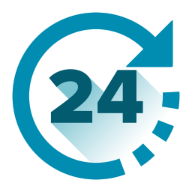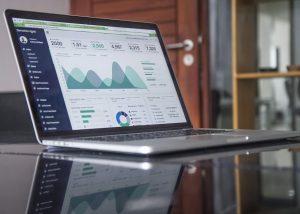
In forex trading, there are two types of risk: the initial cost of investing in a currency pair, and the second is price fluctuation. You can place stop-loss orders, limit orders, and take profit orders to hedge this risk.
Stop-loss order
A stop-loss order is an instruction given by a trader to his broker to buy or sell a specific currency once it reaches a particular value. Although this sounds simple enough, you should know that a stop-loss order can produce disastrous results if misused.
The trick is knowing how far from the market price your chosen currency pair must break before executing the trade. This fact leads us on to our following hedging tool: limit orders.
Limit order
A limit order is simply an instruction given by a trader to sell or buy a currency pair at a specific price. It’s the crucial difference between a stop-loss order and a limit order -. In contrast, a stop-loss order executes as soon as the market reaches your chosen value; a limit order can sit dormant until you choose to activate it.
In this way, they’re valuable tools for hedging risk, allowing you to set an amount that each of your trades can lose before executing the trade.
Take profit orders
Another simple way of hedging risk is adding take profit orders. These work on similar principles to limit orders. Instead of setting an amount that your whole trade could lose before executing the trade, take profit orders set an amount that each investment will gain before executing.
Of course, this means that if your first investment loses but the other ones again, you won’t lose any money. You can also take profit orders to hedge risk by setting them at a specific maximum loss.
How to Hedge Risk in Forex Trading
The fact is there are only four news stories out there. The whole game becomes self-evident once you learn these four simple concepts well enough. Here’s how it breaks down:
Rates
It’s anything that tells us whether or not the U.S. government will raise interest rates next month or in 6 months. Watch for non-farm payrolls, unemployment claims and housing starts, then look at the associated press release for clues about interest rate changes. These three factors will always tell you what’s happening in two weeks, so they’re your only indicator when trading on margin (with leverage).
Housing Starts
A solid jobs report with healthy numbers here means that freeing up credit has reinvigorated the housing market. It means that rates will stay the same, and we’ll see a strong dollar. Weak jobs reports mean the opposite: no change in rates and a weak dollar (which is bad for stocks).
Non-farm Payrolls
More people are working means more wages and an increase in consumer spending. If this number goes up big enough, even interest rates don’t matter; companies will hire regardless of whether or not there’s an increase in interest rates simply because their business is booming. Unemployment numbers tell you how many people are dropping out of the workforce, not affecting anything. Or it could be indicative of problems with employment so watch closely to what they say about reasons for leaving employment and figures.
Unemployment Claims
This number shows how many people are currently on unemployment benefits. It’s the most straightforward indicator of them all, simply because it always indicates something. A high figure means unemployment is terrible, period. It increases the risk of interest rates rising which hurts stocks.
But if this number stays flat or goes down, it tells you that either they’re creating more jobs than people can find (unlikely) OR they’re cutting back on benefit payments (more likely). If the figure stays flat, interest rates won’t change, and consumer spending will stay healthy, which means good things for your investments.
Bottom line
These four news reports give us everything we need to know about what’s happening in two weeks, so they act as our only indicator. When it comes to trading, we can’t control anything, so all we need to know is whether or not the economy is growing and what impact that has on our investments.



